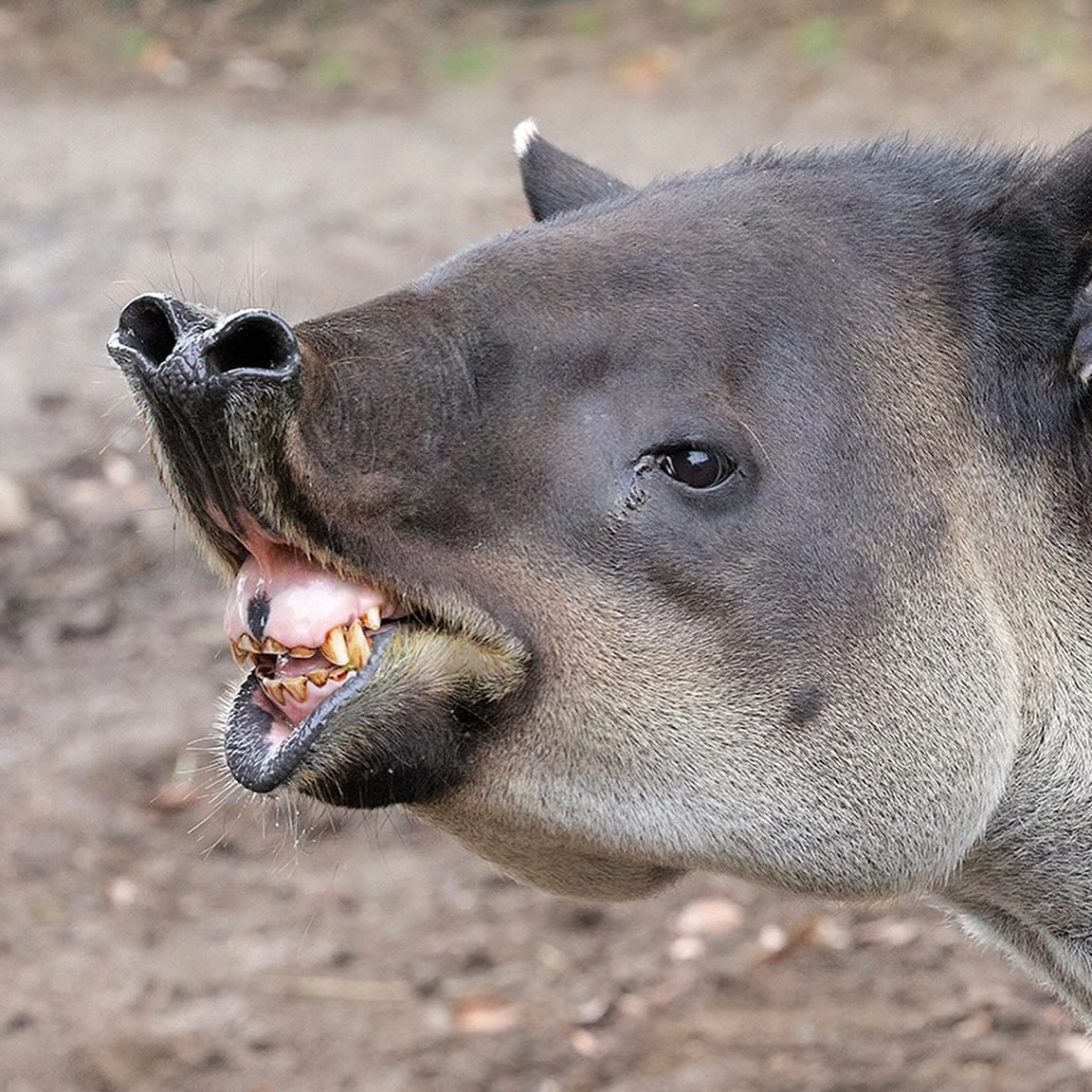- The critical role of zoos in education and conservation
- Details and characteristics of the species involved in the “Best School Picture” event
- Environmental challenges and conservation status of the chosen animals
- The importance of wildlife photography in fostering appreciation and conservation efforts
- How zoos utilize engaging events to promote wildlife awareness and education
In an era where wildlife conservation is as crucial as ever, zoos have stepped forward as havens for biodiversity and educational platforms, engaging the public in wildlife appreciation and stewardship. Among the most captivating activities designed to promote these ideals is the playful yet purposeful “Best School Picture” event. This occasion offers a fun way to connect visitors with the creatures they admire and acts as a conduit for spreading conservation messages and raising awareness about various species and their habitats.
Focusing on the heart of this spirited event, we encounter a lineup of charismatic candidates vying for the title of “Best School Picture.” Each represents unique facets of the animal kingdom. The nominees are not just animals; they are fascinating representatives of their species with intriguing stories that intertwine with their challenges in the wild.
First, Felix, the tapir, is a distinctive mammal with a mini trunk reminiscent of an elephant’s. Tapirs are vital in their ecosystems as seed dispersers, yet they are often overlooked in conservation discussions. Depicting Felix in a photograph that captures his gentle nature and peculiar features can engage audiences in learning more about tapirs and the threats they face, such as habitat destruction and hunting, pushing them towards endangered status.
With her majestic stature and formidable talons, Helen the harpy eagle offers another perspective on avian power and beauty. As apex predators, harpy eagles are vital for maintaining balanced ecosystems. However, deforestation and habitat fragmentation in the Americas pose significant risks to their populations. Through photography, Helen’s piercing gaze can provide a window into the struggles rainforest giants face and the critical need for forest conservation.
Next, we have Ajani the mandrill, a primate with perhaps the most colorful and distinctive façade, whose vibrant face and rump patterns are a wonder of nature’s design. Mandrills are among the largest monkeys, and their social structures are complex and fascinating. Unfortunately, like many other primates, they suffer from habitat loss and are hunted for bushmeat, making their conservation a pressing issue.
On to the newest cute contender, the baby Francois langur, who probably attracts “awws” with their endearing facial expressions and tiny stature. Endemic to Asia, these leaf-eating monkeys are facing habitat encroachment and poaching. Capturing the innocence and vulnerability of young wildlife in a photograph can be pivotal in inspiring the protection of these monkeys and their forest homes.
Finally, Kasai, the DeBrazza’s monkey, with its stoic demeanor and flowing white beard, commands respect. This Central African species is known for its shyness and elusive nature, living within riverine and swamp forests. Given their habitat specificity, DeBrazza’s monkeys are especially sensitive to environmental degradation. A winning photograph of Kasai could serve to illuminate the importance of wetland preservation.
Wildlife photography transcends art. It is a powerful educational tool, often bridging the gap between humans and nature. Each photograph can tell a story, reveal the character of its subject, and inspire concern and action for wildlife protection. In events like “Surprise, it’s picture day!” the emotion evoked through images can leverage greater impact in conservation efforts than statistics alone.
Zoos today are more than just exhibition sites; they are active participants in wildlife conservation, both in captivity and the wild. Zoos foster breeding programs for endangered species, support in-situ conservation projects, and engage the public through educational campaigns. Engaging the zoo-going public with events such as the “Best School Picture” goes beyond entertainment; it becomes a direct avenue for conservation messaging. Each vote cast for Felix, Helen, Ajani, the baby Francois langur, or Kasai is not merely a nod to an appealing photo but also an acknowledgment of the species and the intricate bonds they share with their environment.
While the concept of “Best School Picture” may seem light-hearted, it imparts serious conservation messages. It’s a testament to the evolving role of zoos in society—from places of passive observation to active centers of education and environmental advocacy.
By featuring this engaging narrative in the framing of a photo competition, zoos capitalize on the innate human attraction to visual storytelling. The event serves as a reminder that each species, whether it’s Felix the tapir or Kasai the DeBrazza’s monkey, has a survival story that might depend on the empathy and actions of the human audience. Through this immersive event, zoos stimulate curiosity and cultivate a sense of responsibility toward wildlife, one picture at a time.
As we contemplate the stories behind the “Best School Picture” nominees, it becomes evident that photography and zoological display can become potent tools for wildlife advocacy when harmonized with conservation and education missions. As you cast your vote in the comments, remember that each click, each shared story behind these extraordinary creatures, contributes to a broader call to action, a plea for coexistence, and a more profound commitment to preserving the breathtaking diversity of life on our planet.
*****
Source Description
Surprise, it’s picture day! Who will win “Best School Picture”?
A – Felix the tapir
B – Helen the harpy eagle
C – Ajani the mandrill
D – The new baby Francois langur
E – Kasai the DeBrazza’s monkey
Cast your vote in the comments!
📷: A and E by Charles Frey, all others by Ian Gill


